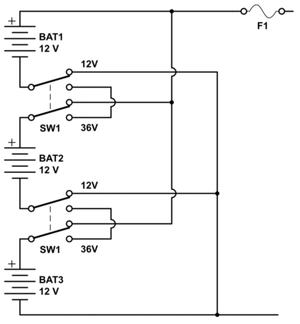Back to the Future
By D. Tweney
Sun first touted Java as a universal client-side platform—and even went so far as to develop brain-dead network computers (NC) that relied on Java for their operating system and on servers for their storage and smarts. But NCs flopped, Java applets on webpages are a dying breed, and client-side Java now seems all but dead, especially now that Microsoft has pulled Java support from Windows XP.
Yet Java is quietly undergoing a renaissance on the client—this time as a platform for applications embedded in cell phones, PDAs and other mobile devices. One reason is the announced intention of major cell phone manufacturers to start selling Java-enabled mobile phones. Gartner estimates that 40 percent of PDAs and 68 percent of mobile phones will be Java-enabled by 2006. The prospect of hundreds of millions of Java-enabled mobile devices has many application developers drooling, and by this past June’s JavaOne conference, more than 150,000 developers had already downloaded Sun’s toolkit for mobile Java—the Java 2 Platform Micro Edition.
In the enterprise, Java-enabled cell phones and PDAs present an opportunity to extend feature-rich enterprise applications to mobile workers, such as traveling sales staff, field service personnel and delivery people. That becomes even easier as enterprises move toward XML-based Web services architectures, which make it easy for developers to extend applications to a variety of client devices.
United Air Lines, for instance, is building a Java-based middleware architecture, with the aim of making it easier to deliver data through a variety of client channels—including, ultimately, wireless devices, says CIO Eric Dean in Chicago. “Web services will be a great way for embedded Java to communicate back with the server somewhere,” says Mark Carges, president of BEA Systems’ e-commerce application components division.
“Of course mobile and wireless environments are still very immature,” cautions Mark Driver, research director for Internet and mobile technologies at Stamford, Conn.-based Gartner. For now, few major corporations have actually deployed Java-based mobile applications; most are just testing the waters. But stay tuned: Once there are hundreds of millions of Java-enabled cell phones in the world, it’s only a matter of time before enterprise applications start reaching out to those devices.
For other resources at CIO.com :
CIO Home
Link: Back to the Future: Java Goes Mobile
Link broken? Try the Wayback Machine.

